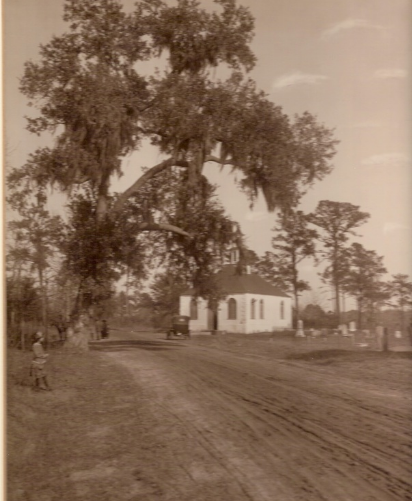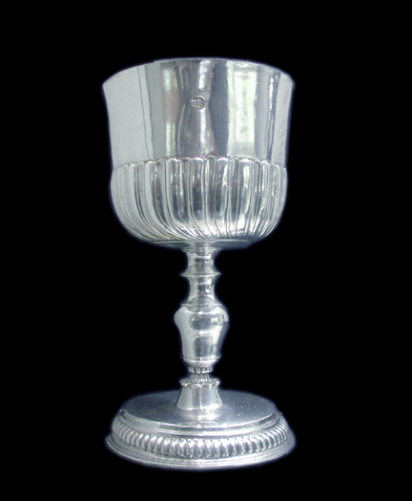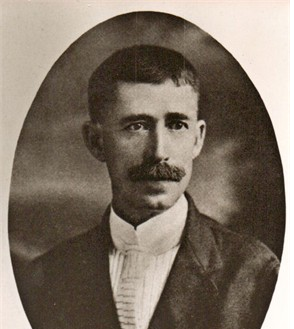
CHRIST CHURCH, c. 1726
Christ Church is a featured stop on Charleston Raconteurs' French Santee tour. Book your tour today!
Christ Church was among the first of the Charles Town colony's 10 parishes to be organized under the Church Act of 1706. Because the Church of England was the colony's state church, parishes represented more than just a religious confederation; Anglican church vestries also served as local civic leaders.
The first wooden church erected here in 1706 burned in a 1725 forest fire. The brick and stucco building you see today was built the following year. Just north of the church is the original vestry house, c. 1751.
Charles Town fell to the British during the American Revolution in 1780 and was occupied for nearly two years. As the British evacuated the city, they burned many of the places and things in the path of their retreat, including Christ Church. Though the interior of the church was destroyed, the walls you see today remained standing. Parishioners rebuilt the church's interior in 1788.
During the last months of the American Civil War, the church and its graveyard were occupied by the 21st Massachusetts Regiment, an African-American calvary unit. Their valued horses were stabled in the church building, while the men camped around the graveyard. Members of the 21st Massachusetts were the first to enter Charleston after its fall on Feb. 18, 1865, The church's interior was stripped bare for use as firewood. It was again rebuilt by 1874.
The churchyard contains about 900 souls, dating back from the mid-1700s to today. Some of those buried here include:
- Dr. Peter Porcher Bonneau, 1814-1871, a signer of the Ordinance of Secession and Confederate surgeon
- Lt. William Gadsden Daniels, 1920-1944, Citadel graduate missing in action in WWII
- The Hon. Dr. James Burrow Edwards, 1927-2014, former Governor of South Carolina and first U.S. Secretary of Education
- James Walter Hansen, 1930-2001, the NASA communications engineered who made it possible for the world to hear Neil Armstrong's words: That's one small step for man, and one giant leap for mankind.
- The Lofton Family, d. 1857, a father, mother and two sons who died that year of an epidemic
- Col. Charles Pinckney, 1732-1782, of Snee Farm Plantation
- Elizabeth Catherine Palmer Porcher, 1833-1917, a remarkable antebellum matron
- John Minott and Fennie Fell Rivers, who attended the South Carolina and West Indian Exposition in 1901
- Ornithologist and author Arthur Trezevant Wayne and his wife, Maria Louisa Porcher Wayne


